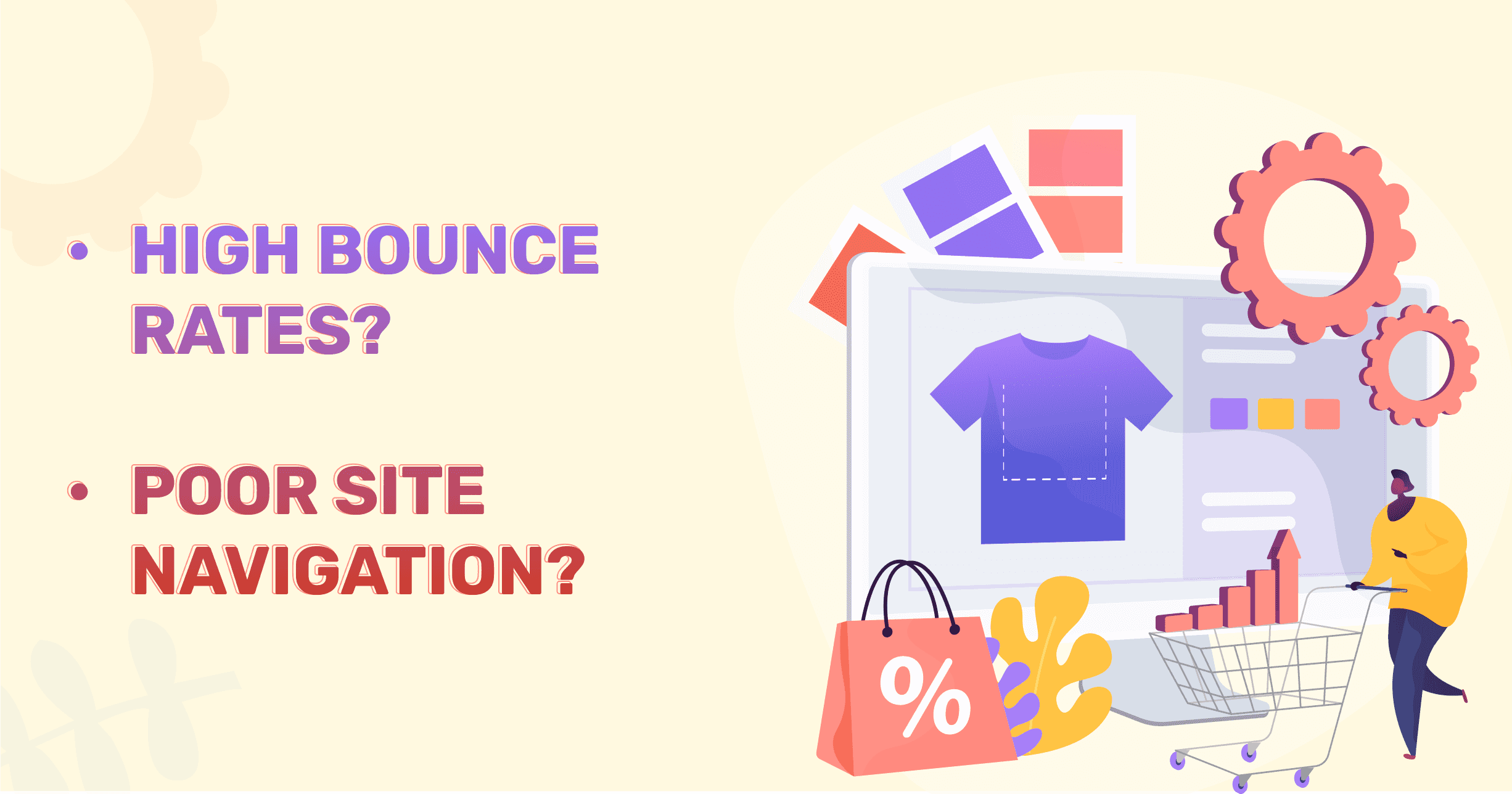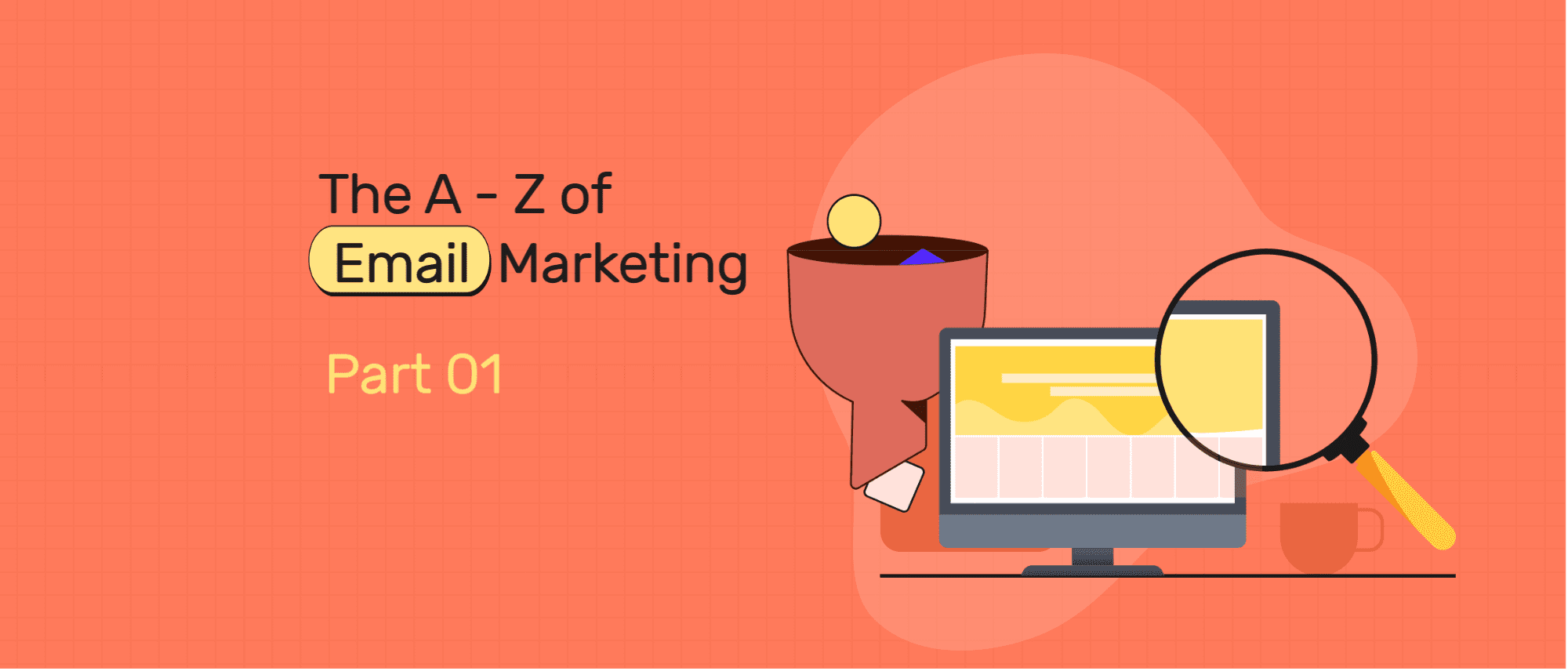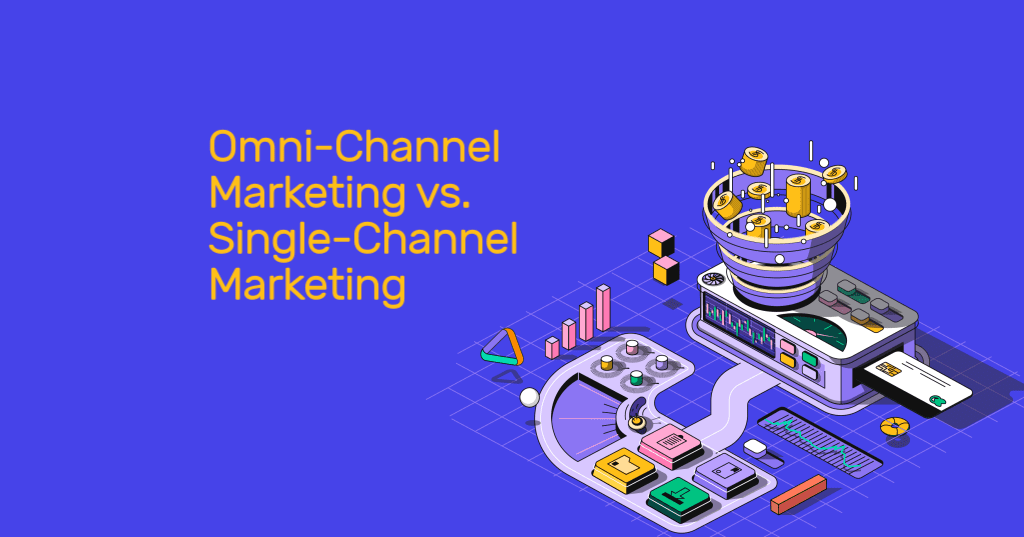eCommerce merchandising consists of several aspects to develop the best customer perception possible of your online store. From the homepage, product pages, search bar, order payments, and many more, it is about building an uninterrupted buyer's journey that converts to sales. When anyone visits your eCommerce store, the store visitor should be able to find the product of interest.
If your website is not up to the mark, you might end up losing a potential customer. There are no hardcoded rules for making a perfect Ecommerce store.
Perfection lies in understanding your customers' needs and ensuring that your website drives them through a seamless customer journey. This explains why eCommerce Merchandising is both a science and an art.
Why is eCommerce Merchandising Important?
In the absence of efficient Ecommerce merchandising, the following situations can occur:
- High bounce rates
- Fewer conversions despite using paid ads
- Several transaction failures
- Low customer retention rate
- Customer complaints about poor site navigation
- Poor SEO performance
The above points draw a good picture of what happens without proper Ecommerce merchandising. The ultimate goal is to drive your sales, retain customers and attract new ones.
On the website, you will have to consider several factors to gain customer trust. Ecommerce Merchandising is hence important to let you earn your customers' trust. Let's look into a few strategies to optimize your Ecommerce merchandising.
5 Strategies for Optimizing Your eCommerce Merchandising
1. Visual Merchandising
Visual Merchandising of your products should be equivalent to the moment when a customer examines products in a brick-&-mortar store. To achieve this kind of human connection and deliver a stellar shopping experience in an eCommerce store is difficult. Here are a few things which you can ensure on your eCommerce store to get optimal ecommerce visual merchandising of your products and boost conversion rates:
- Ensure that your website is consistent with your brand colors, font, and logo.
- Product pages must have the right balance of information and visual imagery. Very text-heavy descriptions might not appeal to your customers.
- Use high-quality images and videos to show all important aspects of your products. Show your products from various angles, in different colors and different sizes. Let the customer have an excellent visual experience of the products.
- Use Augmented Reality (AR) to let the customers try the products. Such aspects help decrease the differences between a physical and an online store experience.
- You can also use 360-degree video demonstrations to show the exact product specifications.
Mason helps your Ecommerce store excel in visual merchandising by connecting design to sharing- and ultimately, boost your conversion rates. There are a lot more Ecommerce merchandising tools in the Shopify App Store - but you need to choose wisely.
2. Homepage Optimization
Homepage sets the background of your Ecommerce store and, on most occasions, leads your customers to your products. Hence, the homepage helps craft the first impression customers have of your brand. As an Ecommerce store owner, you must try to make the most of it. You can keep the following points in mind:
- Let the customer know about your brand. Tell them your brand story and a brief idea about the type of products you sell. Brand storytelling will help you connect to your customers.
- Highlight the value the customers will generate by purchasing from your eCommerce store.
- Ensure smooth website navigation and transition between products. Use a well-categorized menu so that customers can seamlessly look through your website. Include a search bar for quick product findings or search results.
- Promote your best sellers, trending products, or new products.
- Additionally, you can cater to different audiences by optimizing other languages and currencies.
- Strategically place clearly-defined CTAs on your homepage according to your sales and marketing goals.
- Use social proof merchandising tools to highlight what customers have to say about your brand.
3. Product Recommendations and Clusters
When we step into a physical store, we usually expect assistance from the store operators. They might recommend products according to our needs and what they think suits our needs the best.
Ecommerce stores need to do that too so that customers don't have much difficulty finding what they need. Your website needs to recommend products and create several product clusters to avoid losing customers due to a sea of non-required products.
Let's see how you can achieve this:
- Regularly update your new, trending, featured, and seasonal products.
- Use customers' past purchase history and search history to recommend products. You can also personalize the search bar based on customers' previous product interests from search results.
- If a customer is about to purchase a dress, recommend complementary products and products usually bought together. This way, you can cross-sell and up-sell with ease.
- Simplify the process of product discovery as much as possible. Use filters of colors, size, price. Product comparisons can also help customers compare products based on features.
- Leverage customer reviews so that your products are assessed honestly.
- Create product clusters by grouping products for ease of purchase. These can be the following: sale, colors, type of products, occasion, style, uses, new, gifting, and trending.
- Use product badges, animations, and labels by ModeMagic to attract your customers. ModeMagic has proven to drive +15% more conversions.
Here is a sample of the category-product badges by ModeMagic. From micro-animations to a 100,000+ library of designs to choose from, ModeMagic is the right choice for your eCommerce business to power up your storefront.
4. Data Collection and Insights
A buyer's journey is defined as the path followed by a customer to make the final purchase. Your eCommerce store should be built keeping a buyer's journey in mind. Any customers can visit your eCommerce store: first-time visitors, first-time purchasers, recurring customers, and those who are visiting your website after a long time.
You must optimize your eCommerce merchandising for any customer who visits your website. When there is a new website browser, your store must drive the browser towards the first purchase.
- Collect new purchasers' data and leverage it to personalize the buyer's journey when they visit the store the next time.
- Efficient data collection is the key to leveraging customer insights. Identify the correct data and draw actionable insights from them.
- When your customers create accounts on your website, you can use Google Analytics to track customers' website actions, customer trends.
- You can keep track of the following customers' data: name, birthday, location, age, email-id, gender, purchase history, etc.
- You can track your store's performance through cart abandonments, high selling & low selling products, most prominent payment & shipping method used, high traffic days & time, bounce rates, CTA performance, to name a few.
- You need to map the various types of data available to you, develop actionable insights, and consider your judgments to improve your website further.
5. Test, Adapt and Optimize
We are not unaware of the tremendous changes which are happening around us. Technology has simplified many processes, and it's up to us to adopt the ones that are helpful to us.
Technology is a broad term, which means we have yet to know what lies ahead of us. So what can you do to keep your store updated and relevant?
- E-commerce automation tools are a must so that you can focus on creating value for your customers. Automation tools like Mason and ModeMagic can help you with your eCommerce merchandising.
- Use A/B testing to see which elements work best for your website. Use different CTA positions, product images, product recommendations, etc., to see which type generates the most value.
- Keep your product category pages and homepage updated. Optimize your store for SEO and various devices so that you don't miss out on store traffic. The aim is to rank higher on search engines, for which your eCommerce merchandising must be up to the mark.
- Always keep an eye on how automation platforms can help ease your eCommerce operational systems. Analyze them for adoption to stay relevant among your competitors.
Let's Get Merchandising!
It goes without saying that with so many possibilities around, you are the judge of making the right decisions for your Ecommerce store.
There must be tons of data with you, but it will be useless without the right insights and decision-making. Ecommerce merchandising is always in a state of constant change. The ultimate goal is to adapt the best and reach your customers.
Read Similar Blogs:






